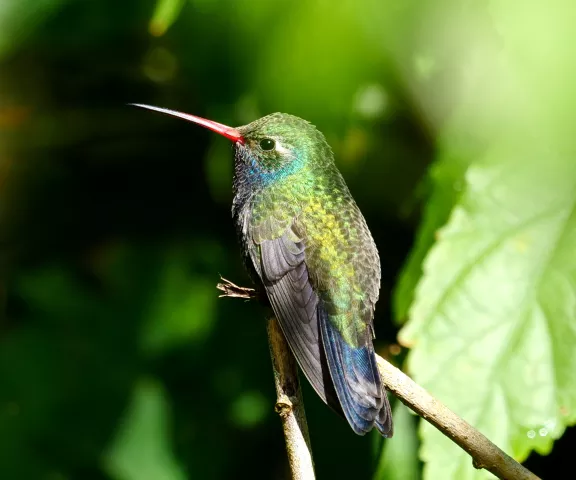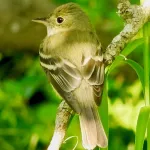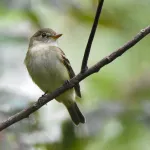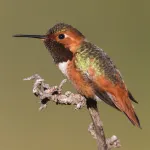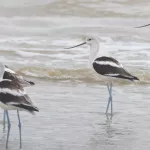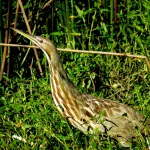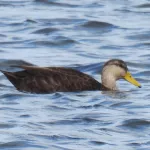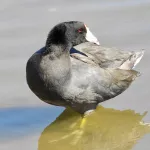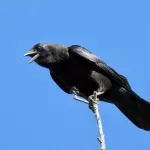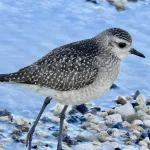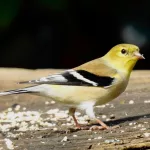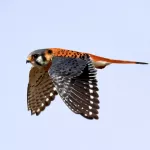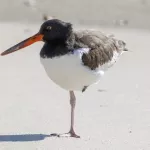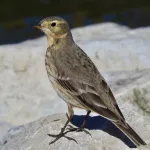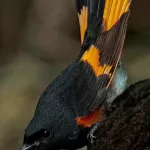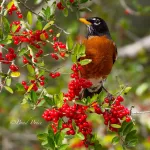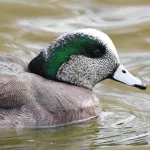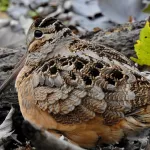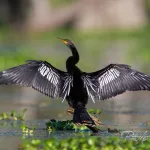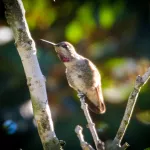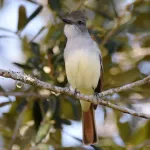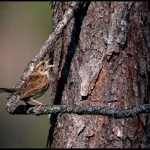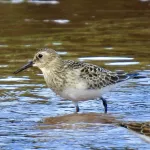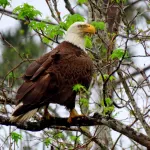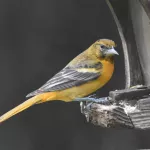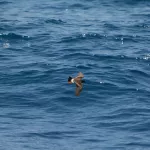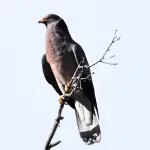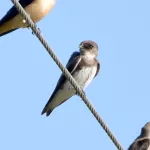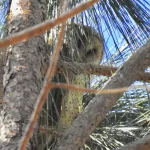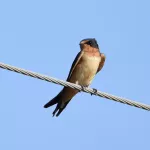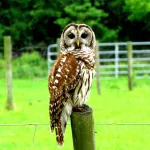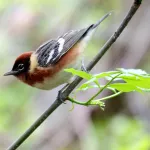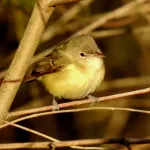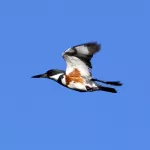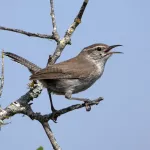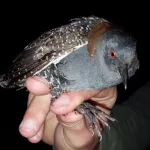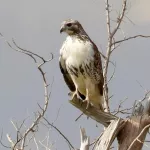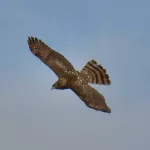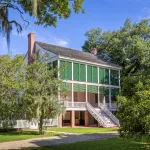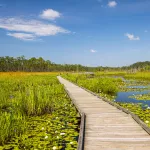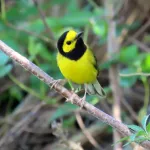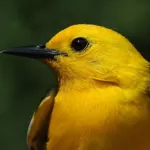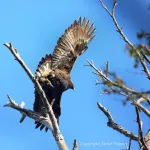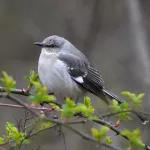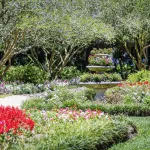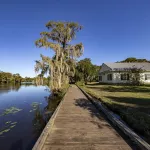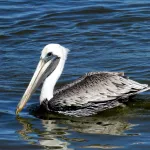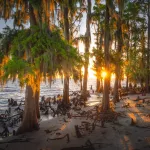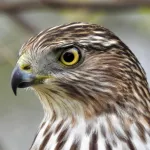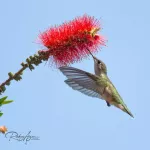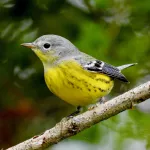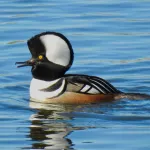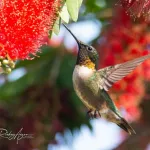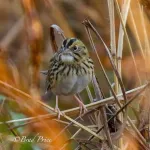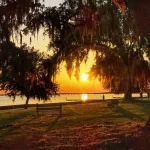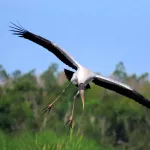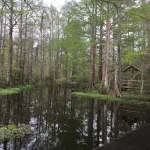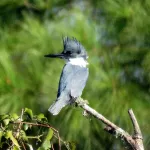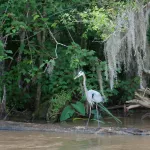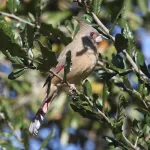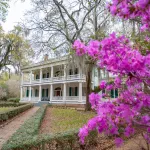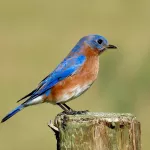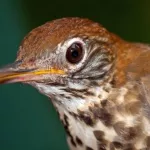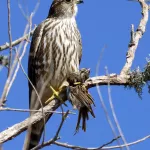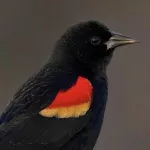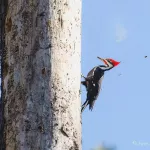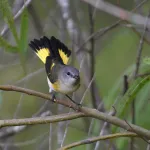About
View on MapThe Southeast region of Louisiana was built up over thousands of years by the Mississippi River. It’s a birding mecca with an exceptional combination of coastal barrier islands, pine-dominated forests, and gently rolling pastures interlaced by rivers, bayous, swamps and coastal woodlands. Together, these habitats draw an amazing number of nesting and wintering waterbirds, shorebirds, and nearctic-neotropical migratory songbirds.
Before visiting area habitats, birding buffs might want to stop first in St. Francisville in West Feliciana parish. It’s the site of the Audubon State Historic Site at Oakley Plantation, where John James Audubon lived and worked in the first half of the 19th century.
Another logical early stop on a birding itinerary is Bluebonnet Swamp Nature Center, located in Baton Rouge. The city is in East Baton Rouge Parish, a region filled with recommended birding sites, including Manchac Community Park, Greenwood Community Park, Blackwater Conservation Area, and Kendalwood Conservation Area.
Traveling eastward from Baton Rouge, visitors cross several rivers and bayous, many of which host state parks with excellent birding. Tickfaw State Park in Livingston Parish is filled with swamp dwellers. Bogue Chitto State Park in Washington Parish is one of the few public sites in Louisiana where game birds such as Northern Bobwhite and Wild Turkey are recorded year-round. Fairview-Riverside State Park in St. Tammany parish is a place where numerous coastal species, including Laughing and Ring-billed Gulls, American White Pelicans, and Double-crested Cormorants, are common.
To look at beautifully preserved longleaf pine forests, check out Sandy Hollow Wildlife Management Area in Tangipahoa parish, known for Northern Bobwhite, Mourning Dove, and waterbirds. The Nature Conservancy's Abita Creek Flatwoods Preserve is the spot for possible sightings of the elusive Bachman’s and Henslow's Sparrows.
All of the region's streams empty into Lake Pontchartrain, the north shore of which has excellent birding sites. Mandeville Lakefront is a particular favorite among local birders. However, the entire north end of Lake Pontchartrain is an epicenter for wintering grebes – especially Horned Grebe – and most all of the state's overwintering waterfowl species, including diving ducks. The gull and tern population is diverse and abundant as well.
Big Branch Marsh National Wildlife Refuge anchors the eastern end of the Southeast region. Made up of marshes, cypress swamps, longleaf pine flatwoods, bottomland hardwoods, and the open waters of Lake Pontchartrain, this site is a must-see for any birder. More than 20 species of geese, ducks, and scoters have been recorded, along with 22 recorded species of shorebirds and15 species of wading birds.
